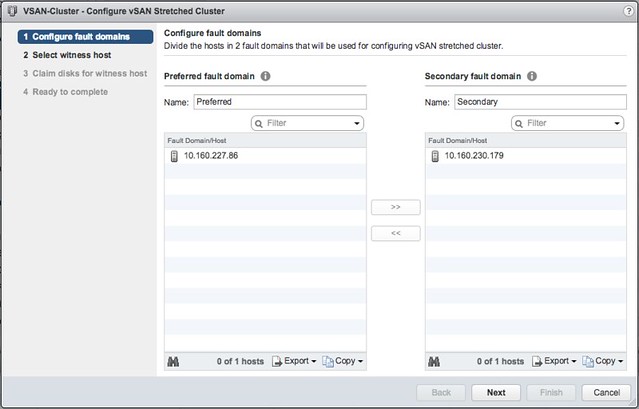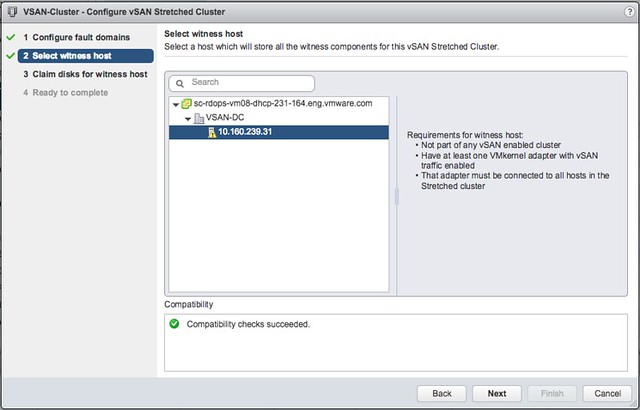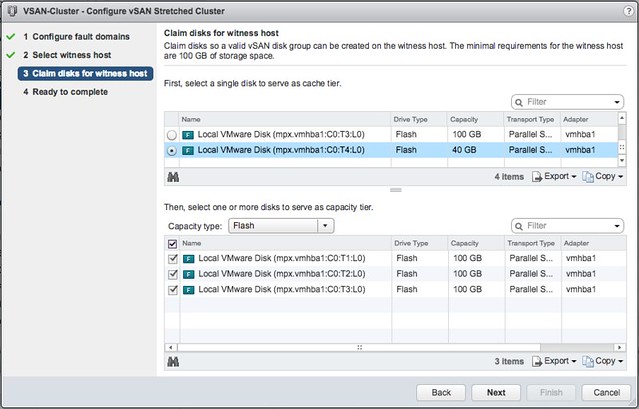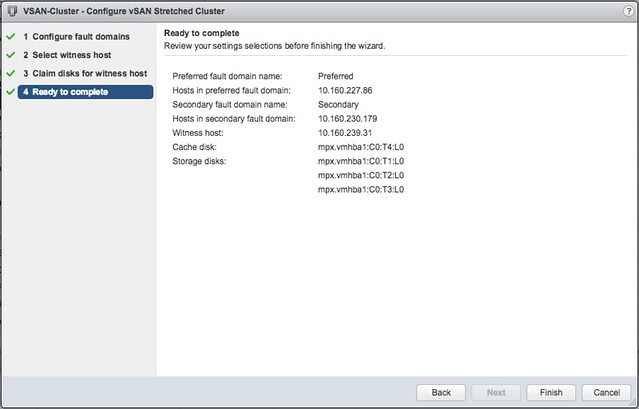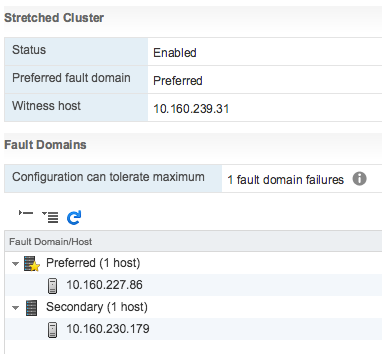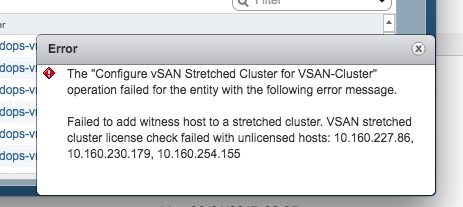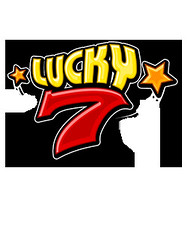 VMware announced the Q4 earnings last night, one of the things I was most interested about was how vSAN did in Q4. Here is what was announced yesterday, for those interested in more detail check the full earnings call. (Hint, it isn’t just vSAN doing well.)
VMware announced the Q4 earnings last night, one of the things I was most interested about was how vSAN did in Q4. Here is what was announced yesterday, for those interested in more detail check the full earnings call. (Hint, it isn’t just vSAN doing well.)
- We’ve reached 7000 customers
- 150% Year over Year growth
Awesome growth (5500 customers in Q3 reached) if you ask me. Really ramping up fast now, and I cannot wait for us to hit 10k. (That is going to be a big party Yanbing / Christos.)
Before I forget, I want to thank all VMware colleagues and all of our partners who are helping us making vSAN one of the fastest growing products within VMware. We couldn’t do this without you, lets kill it again in the upcoming months!
Oh, I just noticed a great post by Lee Caswell on LinkedIn on these numbers, make sure to read that one.

